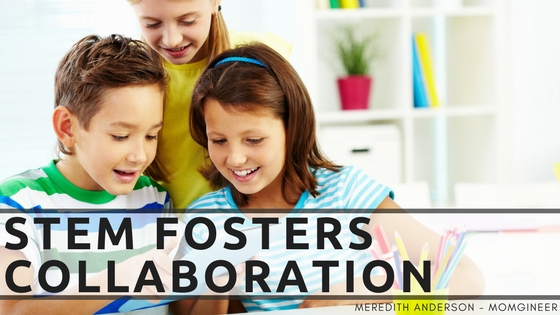STEM in the Classroom
STEM is based on the idea of educating students in four specific disciplines - science, technology, engineering, and mathematics - in an interdisciplinary and applied approach. Rather than teach the four disciplines as separate and discrete subjects, STEM integrates them into a cohesive learning paradigm based on real-world applications.Why is STEM important?
Not only are careers in STEM fields on the rise, having experience with hands-on problem solving while working well in a team offers benefits no matter what career the student eventually pursues.Benefits of STEM Activities in the Classroom
There are many fantastic reasons to use STEM lessons in your classroom. Some of the main benefits of using STEM in your classroom are:- student engagement
- collaborative and blended learning
- naturally support a growth mindset
- improvement of critical thinking skills
Student Engagement with STEM
One important one is student engagement. Kids are naturally curious and creative, and STEM lessons give them hands-on activities which allow them to tinker and do what kids do best, play. In playing with them, kids get a real and meaningful feel for how things work. STEM activities allow freedom to experiment and play, which is highly motivating for kids. Not only that, it can help keep them focused.Collaborative and Blended Learning with STEM
STEM challenges work well as collaborative learning experiences while students work in small groups. What separates STEM from traditional science and math education is that it applies concepts learned in these classes. While students will still need to learn the scientific method as part of their science curriculum, using the engineering design process requires a different skill set.STEM and a Growth Mindset
STEM challenges lend themselves well to a growth mindset, asking students to persevere until design criteria is met. Because there are often multiple solutions to a given STEM problem, students must work both creatively and diligently.














No comments:
Post a Comment